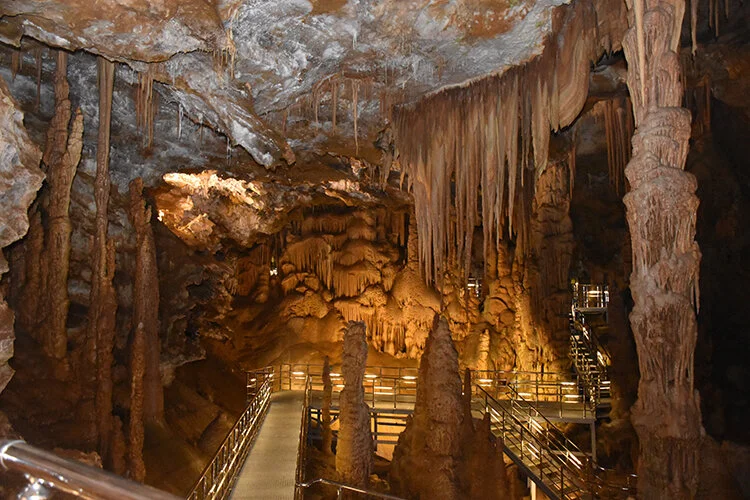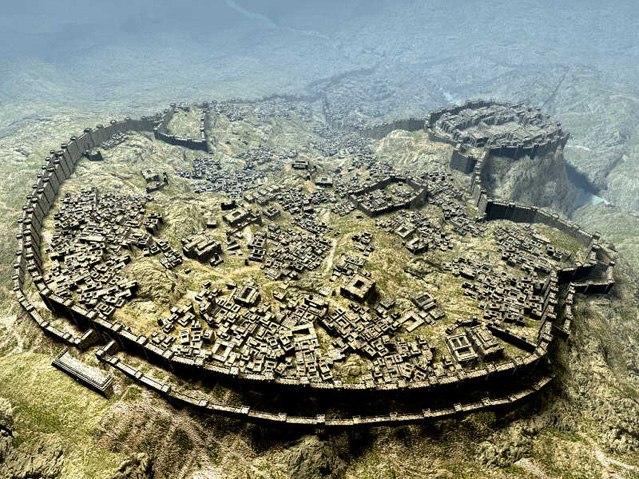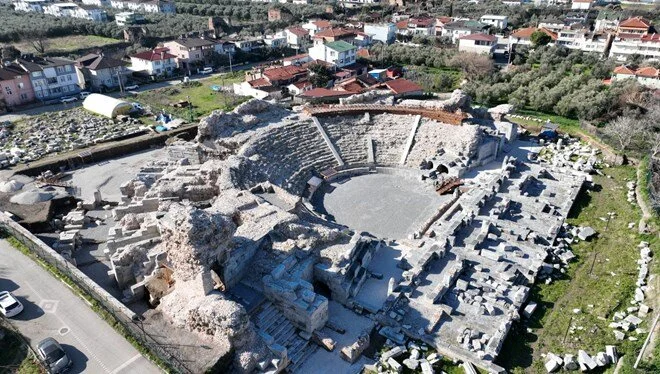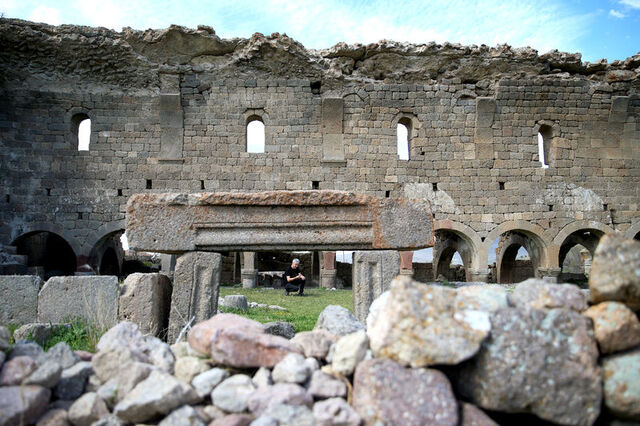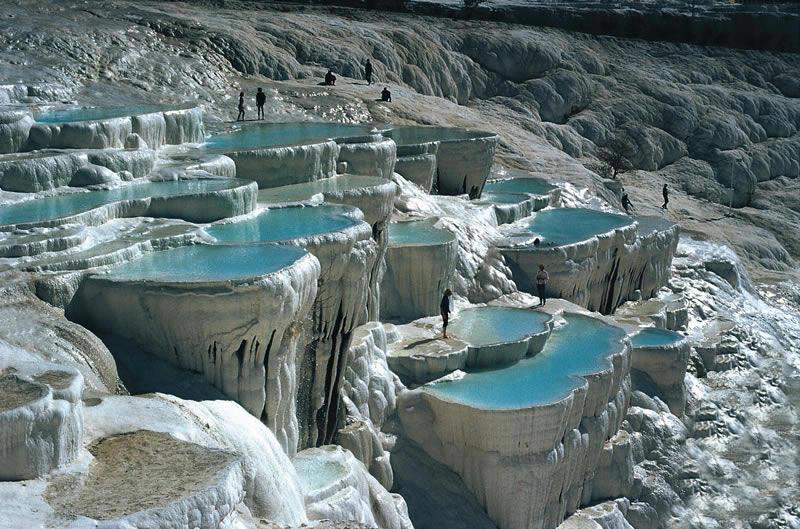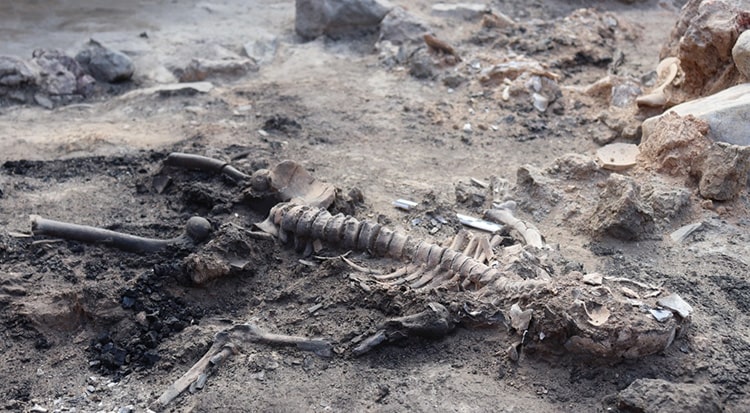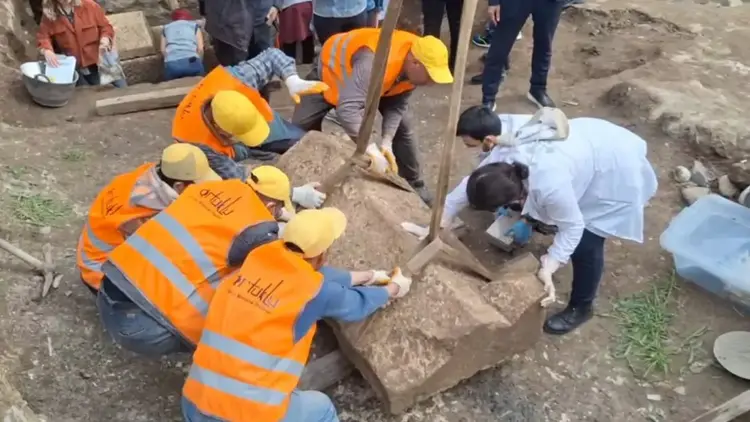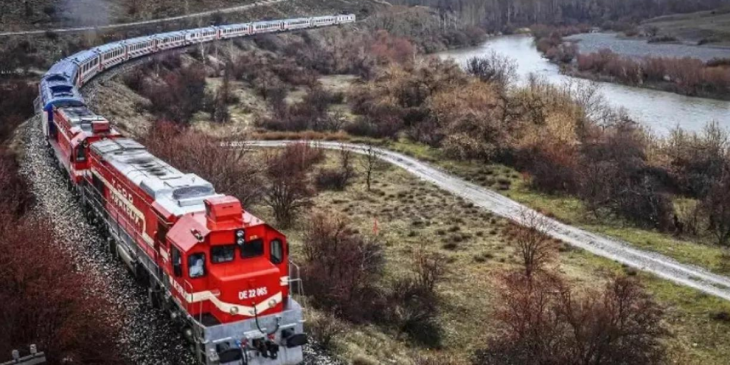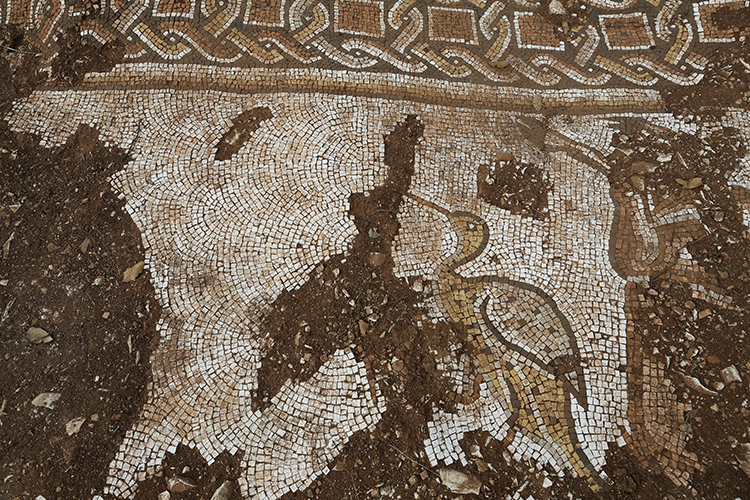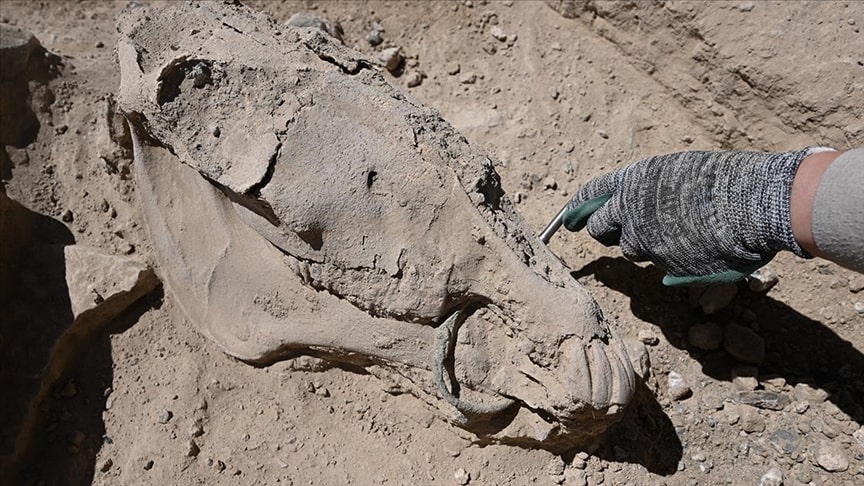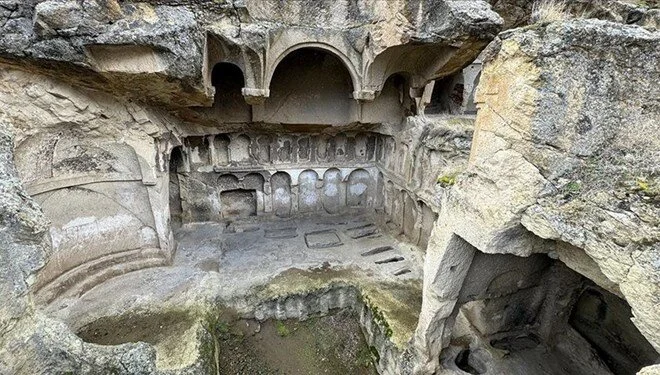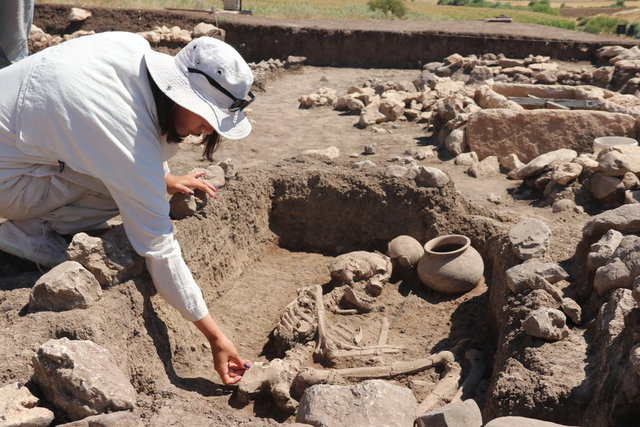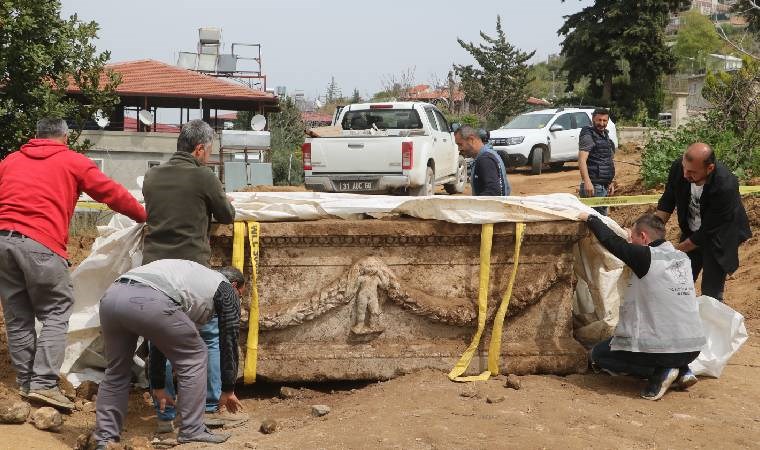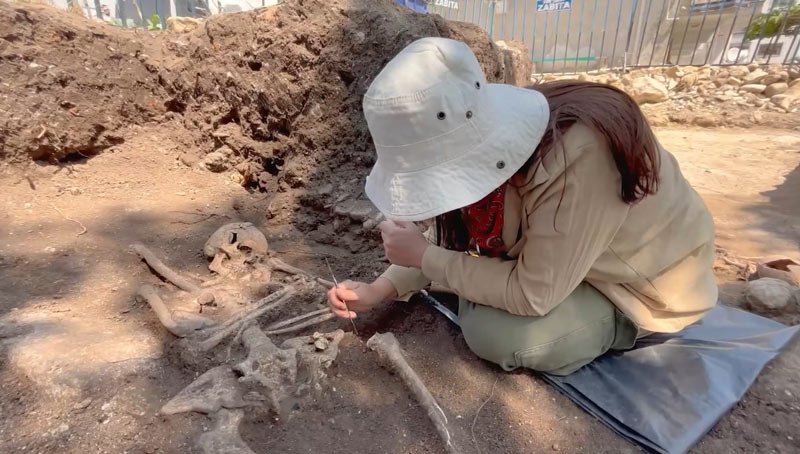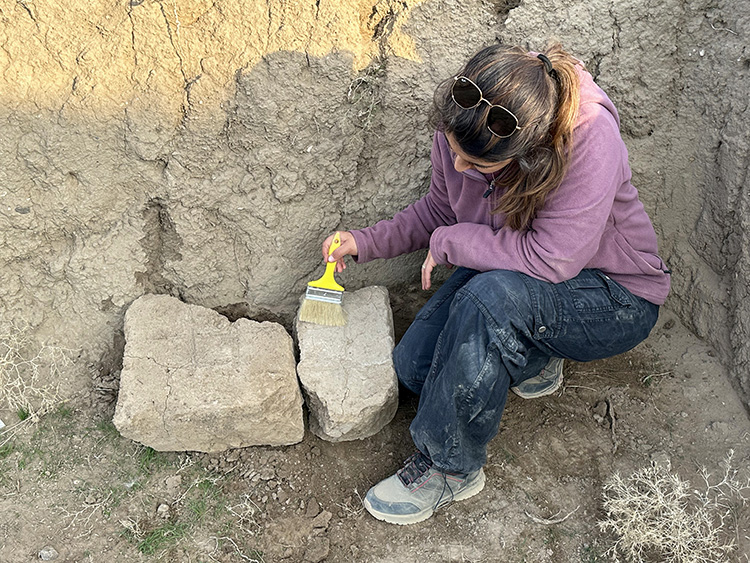Karaca Cave, located in Torul district of Gümüşhane, one of the hidden paradises of the Black Sea, is like a work of art that nature has carefully crafted for millions of years.
Discovered in 1983 by geological engineer Şükrü Eroz, the formation of Karaca Cave dates back to 15 million years ago.
The total length of the cave is 256 meters. The highest point is 18 meters. There are 4 halls inside the cave. The air temperature in the cave is between 12-14 °C.
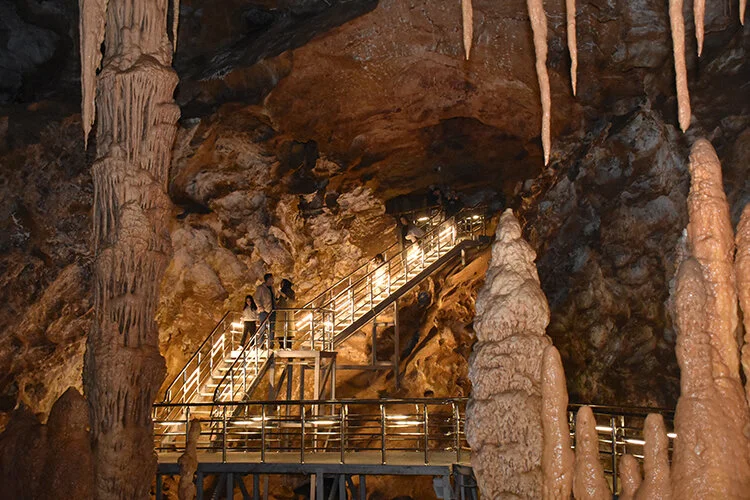
Located 17 km from the city center, the cave stands out with its karstic formations developed in Dolomitic limestones.
Stalactites, stalagmites, columns, dripstone pools, curtain dripstones, cave flowers, arrow patterned walls, flag shapes, elephant ears, travertine steps and travertine pools continue to form in the cave.
The water leaking from the ceiling and walls of Karaca Cave has formed ponds on the cave ceiling. The depth of these ponds, especially in the last sections of the cave, reaches one meter.
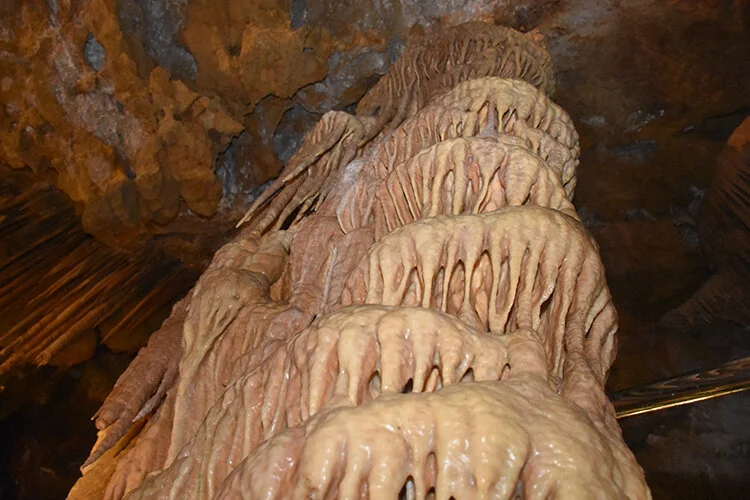
One centimeter stalagmites and stalactites take 12 years to form in the cave.
Karaca Cave is not only visually beautiful but its air is also very healing. The air in the cave is good for respiratory diseases such as asthma and bronchitis. The high humidity and low dust content of the cave’s air relaxes the respiratory tract.
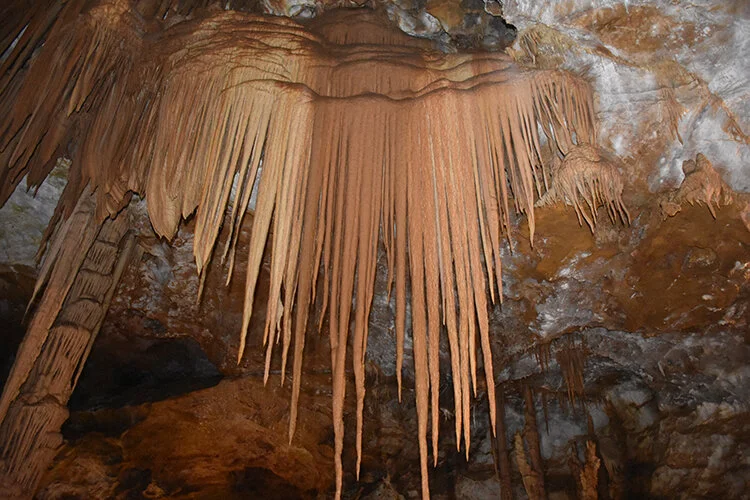
Karaca Cave takes its name from a love story
A little known love story about Karaca… Two young people who are madly in love with each other but can’t get together… The reason sounds familiar. One is a Muslim, the other a Christian… The families of the young people think that this fire will be extinguished. What’s in the heart?! The fire is in the chimney. A couple’s hearts are on fire. And love… The master of all emotions… He did what befits his power and nobility. He brought the Greek beauty and the strange shepherd together in this cave he visited. In this cave that only they knew… They kept the cave hidden and the cave kept their love… They promised; when the families took pity. Then they would bring the cave to light. They waited patiently, but that wish never came true. So the two young people sacrificed themselves for all the lovers who could not meet.
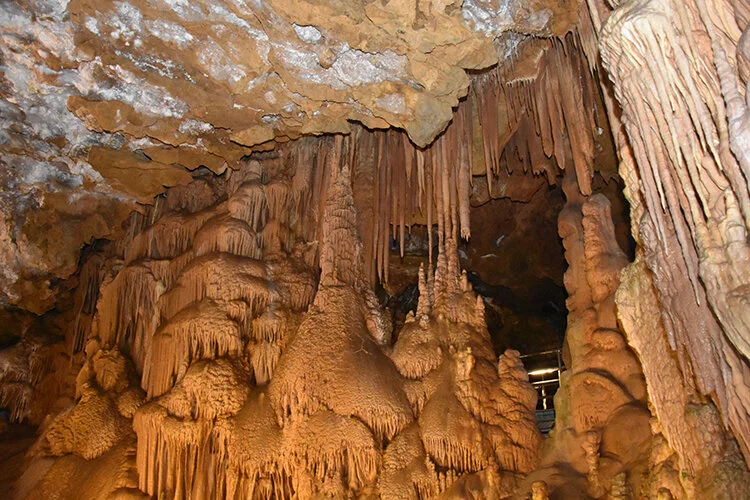
It is said that the only creature that witnessed this event was the shepherd dog that the owner loved very much. Because he would show great loyalty and, according to legend, would never return so that no one would disturb them.
It is rumored that the cave was named ‘Karaca’ after its discovery, in homage to this legendary BLACK love. It is also said that the flowing drops of water caused the two lovers back to back in the cave to be covered with lime and that the two lovers stayed like this forever. And again they say that everyone who cannot meet their beloved should visit Karaca one day. Because the prayer of that young man is waiting for them there.
Source: Gümüşhane Provincial Directorate of Culture and Tourism

